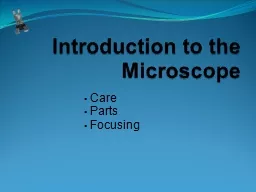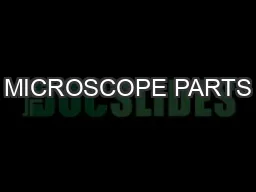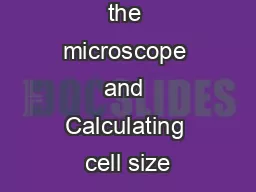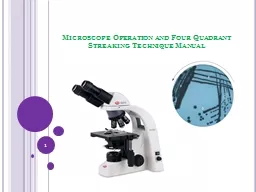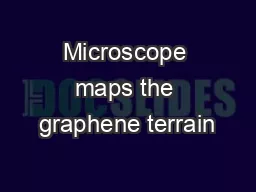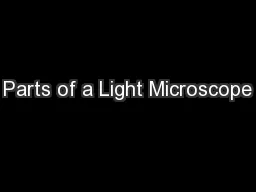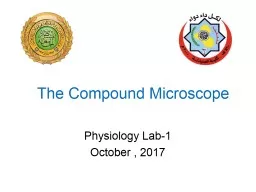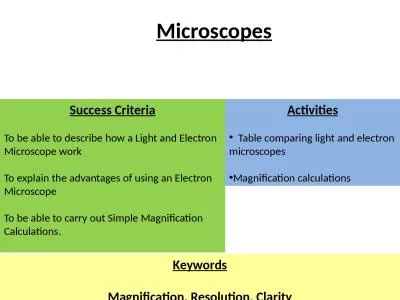PPT-1. Operating Microscope Images
Author : adah | Published Date : 2022-06-18
Online Microscope Image Links Healthy Blood Smear Image Unhealthy Blood Smear Image To move around the image click and drag with the mouse to move to different parts
Presentation Embed Code
Download Presentation
Download Presentation The PPT/PDF document "1. Operating Microscope Images" is the property of its rightful owner. Permission is granted to download and print the materials on this website for personal, non-commercial use only, and to display it on your personal computer provided you do not modify the materials and that you retain all copyright notices contained in the materials. By downloading content from our website, you accept the terms of this agreement.
1. Operating Microscope Images: Transcript
Download Rules Of Document
"1. Operating Microscope Images"The content belongs to its owner. You may download and print it for personal use, without modification, and keep all copyright notices. By downloading, you agree to these terms.
Related Documents


